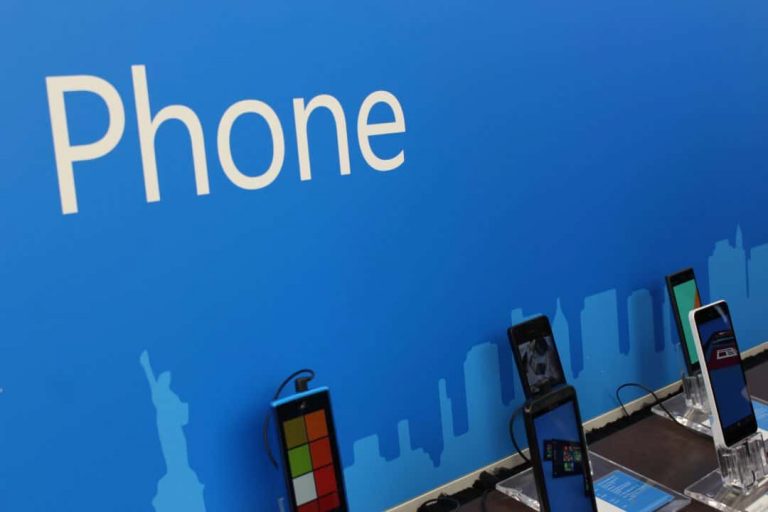While we’re two weeks away from the release of the Windows 10 Anniversary Update, AdDuplex has released today their latest Windows Device statistics report for July 2016 and you will learn if Windows 10 Mobile managed to gain more OS share over the last few weeks (spoiler: only a little).
Let’s start with the Windows Phone hardware worldwide: there is not much change to report, the Lumia 535 is still number one with a 12.5% device share, followed by the three-year-old but still very popular Lumia 520 with 11.3% device share. The “Windows 10 Mobile-ready” Lumia 640 closes the podium and is the most popular fourth generation Lumia model, while the native Windows 10 Mobile devices are still nowhere to be seen.

Next, Microsoft is still the most important Windows Phone manufacturer worldwide with a 96.95% market share. That’s quite problematic, as this means that even if Microsoft scaled back its mobile hardware efforts to encourage third-party OEMs to grab more market share over the last few months, this doesn’t seem to be working at all as of now.

Did Windows 10 Mobile achieved significant progress since last month? Not really, as the new operating system only gained 1 point of percentage to claim a 11.9% market share. A few days after the public roll-out of Windows 10 Mobile in March 2016, AdDuplex claimed that half of Windows phones were capable of running Windows 10 Mobile, but only 15.2% were already running it the time (and Windows 10 Mobile then claimed a Windows 10 Mobile at 7.7 percent market share). As the Windows 10 Mobile update is still an opt-in process for owners of supported Windows 8.1 phones, and since Windows phones sales have been crumbling over the last few months, Windows 10 Mobile may keep this slow growth rate in the upcoming months.

Let’s take a closer look at the Windows 10 Mobile hardware now: AdDuplex reports that the order of top devices did not change since June, even though the Lumia 550 could soon grab the second or even first place of the podium. The low-end handset currently claims an 11.8% market share (up 0.6 percentage points in a month), while the Lumia 950 is currently the fifth top Windows 10 Mobile handset with a 6.8% market share. Additionally, the Lumia 650 which has been heavily discounted over the last few weeks seems to be gaining market share pretty fast as the handset went from 4.3% to a 5.4% market share in just a month.

Lastly, AdDuplex shared an interesting panorama of the Windows Phone hardware in Japan, a country which has always been one of the most difficult markets for Microsoft’s mobile efforts. As a disclaimer, AdDuplex shared that “the daily usage there is still low, so we had to take new install data since late June until now for this chart.” But as you can see below, even if Microsoft is the leading Windows Phone manufacturer in the country, Japanese OEMs are clearly popular. You’ve probably never heard about the MCJ Madosma Q501 which currently claims the top spot in the country, while the NuAns NEO and the VAIO Phone Biz may well beat the Lumia 535 from the third spot of the podium in the future.

Windows Phone may be insignificant in Japan, but Microsoft would certainly like Windows Phone OEMs in other markets to grab more market share. There may be some hype around the HP Elite x3, but the premium handset is not exactly targeted at consumers. Additionally, the most popular Windows phones have pretty much always been low-end devices like the Lumia 520 or the Lumia 535. It’s not clear how things will evolve in the coming months, as Microsoft could drop the Lumia brand to focus on high-end Surface phones and third-party OEMs probably more interested in the way more popular Android platform. Do you think Windows 10 Mobile could still grow faster in the coming months? Let us know what you think in the comments below.


